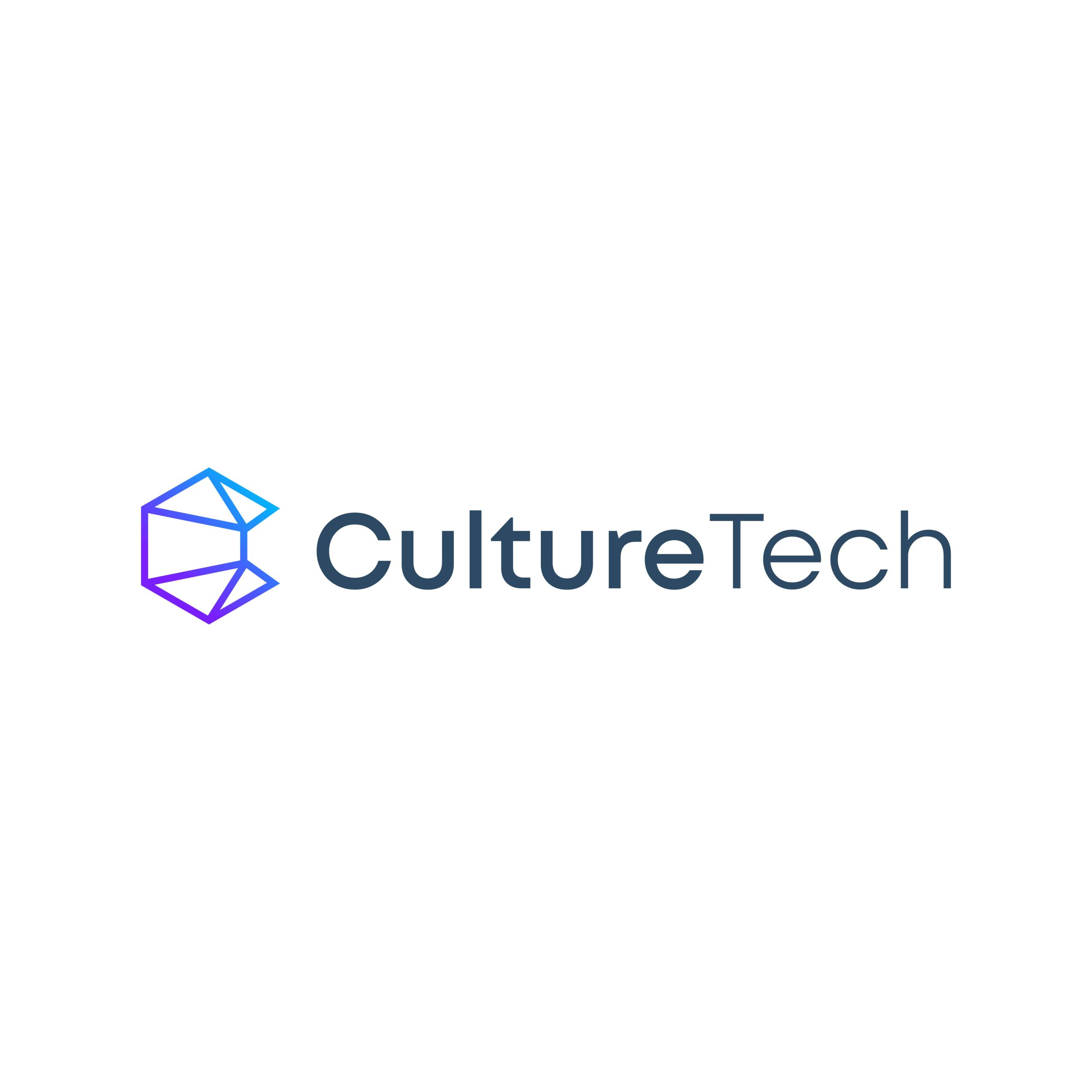Most job descriptions and resumes are on Word documents or PDFs and held on individual or business storage and then shared over limited databases for a limited time. This means that finding the ideal candidate or position requires checking the right database at the right moment. Meanwhile, job satisfaction is at a 20-year low, (1) and at least 44% of employees are actively seeking a new position. (2) Hiring managers struggle to find and attract the right talent and are paying more when they do. (3)
Enter “stabilizing” disruptor David Kamwana, Development Architect and Corporate Engineer with OneCrate, who explains to Karla Jo Helms, host of the Disruption Interruption podcast, that a digitized database of job descriptions and resumes can do more than make finding the right employment match much easier. It can begin to facilitate a more coherent pathway between university and vocational programs and businesses’ employment needs.
Born in Zambia, David Kamwana has been an inventor and engineer driven by a vision of a better world since childhood. He noticed several severe disconnects in the job market between the job descriptions created by Human Resources, companies’ access to available resumes and university programs that are meant to prepare students to start working. He said, “THAT’S IT — I’M DONE WITH THE STATUS QUO,” and co-founded OneCrate with the vision of a comprehensive database of digitized job descriptions and resumes that will facilitate hiring and deliver vital job market statistics job seekers can use to plan their education and advance their careers.
Key takeaways:
- Most job descriptions and resumes are still written in word processors like Microsoft Word or Google Docs and held on a personal or business drive.
- It’s only when a job description is posted, and a job seeker actively searches in that location (a company website or job board) that a match is made.
- There could be an outstanding candidate with the right, but unless they happen upon the job description while it’s posted, there is a disconnect. OneCrate looks to bridge that gap.
- Websites like Indeed are doing digital resumes, but there is a lot of dead information that an algorithm cannot accurately interpret.
- With enough data, we’ll be able to accurately assess the quantity of jobs in the market and compare that to the number of matching resumes. From that, we can make some pretty cool predictive models.
- Phase one for OneCrate, available right now, is using living online job descriptions and resumes to help companies and job seekers match up with our recommendation algorithm.
- Phase two will allow for what we call pathways. We will be able to create predictive pathways for anybody coming into the system.
- Right now, students are not fully informed about what the job market needs or even necessarily what their options are. Our database will be able to tell any job seeker what jobs are and will be in demand. This empowers them to make smarter decisions in the present.
- On the other side of the process, many Human Resources representatives may assume that a particular position is only suited to a degree holder when, in fact, there are other viable pathways.
- Microsoft, Facebook, and Amazon already have internship programs that allow you to join their programs out of high school. These internships often lead to positions paying a quarter of a million dollars a year. They already have that, so we already know it’s possible.
- At OneCrate, we envision a future where job seekers and companies can see each other dynamically and where job seekers know exactly what steps to take to advance their careers.
Disruption Interruption is the podcast where you’ll hear from today’s biggest Industry Disruptors. Learn what motivated them to bring about change and how they overcame opposition to adoption.
Disruption Interruption can be listened to via the Podbean app and is available on Apple’s App Store and Google Play.


